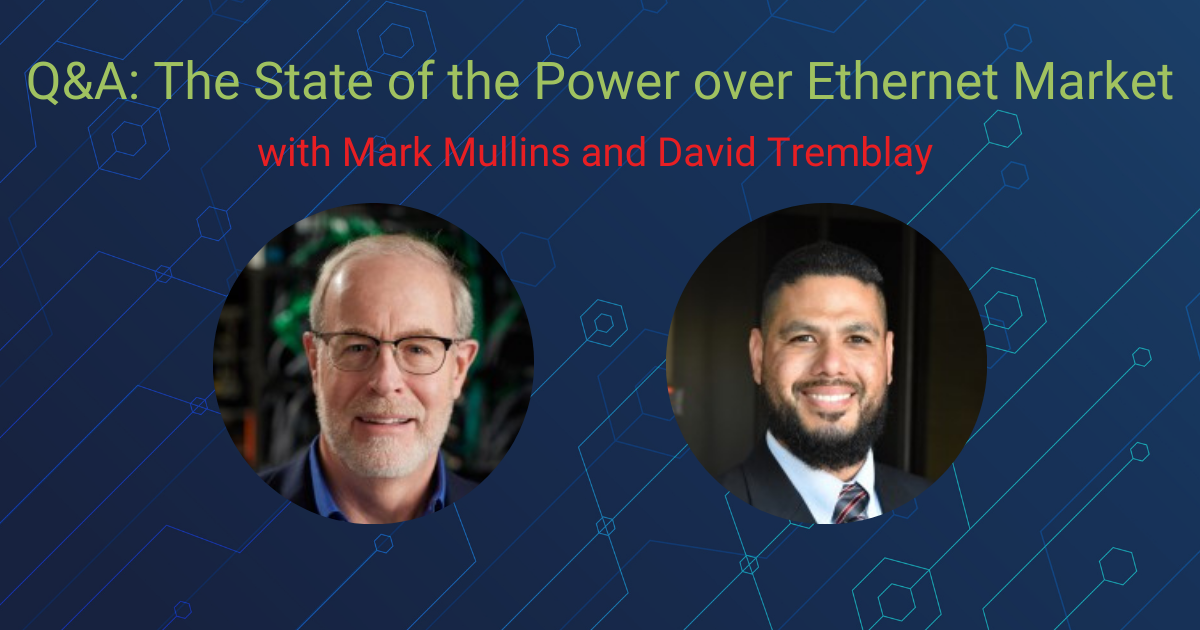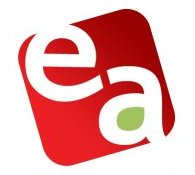TEF Q&A – Una Song, U.S. Environmental Protection Agency
What are you looking to accomplish at the Technology Exploration Forum?
When it comes to small network equipment (SNE), there are a lot of products that are deployed on an annual basis, and the great majority of these have Ethernet ports. From an Energy Star program perspective, we see an opportunity to improve energy use in many of these devices. I am speaking at the TEF to raise awareness of this opportunity for the Ethernet industry.
What kinds of devices offer the best opportunities?
Small network devices tend to be on all of the time – I’m talking about things like modems or optical networking terminals that are associated with fiber optic systems, routers, and wireless systems – but their power usually doesn’t scale up or down according to when they are being used. While individually these products don’t use a lot of energy, the EPA is interested in developing specification for them because there are a large number deployed annually and there is an opportunity for them to be more energy efficient.
We have found that with connected devices such as these, there is an opportunity to save energy at every endpoint. However, the products need to work together to accomplish that end. Energy Efficient Ethernet is a great example of this. If we encourage its presence in small network equipment, there’s the potential for savings in both the small network equipment and what is connected to it. SNE is uniquely positioned to enable this opportunity for energy savings in the networked home or small office.
How can the Ethernet Alliance be of help?
The Ethernet Alliance supports Ethernet’s growth and expansion into new areas. Understanding Ethernet’s potential for use outside the data center or home office can open up a lot of new opportunities and activities for energy savings.
We would very much appreciate being directed towards other areas and products that we can include in the the Energy Star program. The Ethernet Alliance and others at the TEF are very likely to help us identify other products that are a part of this ecosystem.
In addition, EPA is always open to input and data on product energy use which helps us better understand the market and the opportunities for energy efficiency.
What kinds of network equipment do you label currently?
The ENERGY STAR program today covers networked products (end point devices) – products like displays, imaging equipment, computers. Small network equipment is an opportunity for the program to cover network devices directly.
We realize that the number and types of products connected to networks is growing and we’re working to identify which types of products have the opportunity for increased energy efficiency. EPA welcomes feedback on other areas that could contribute additional savings.
What new areas are you targeting right now?
The next specification we will be launching is large network equipment. We are still investigating the impact a specification for large network equipment can have but expect to begin the specification development process some time this year. In addition, we are also evaluating whether to develop a specification for femtocells and interactive white boards. We don’t yet have enough information to say whether the program will develop specifications for these products.
Ideas for new product categories come from a variety of sources. We leverage our established relationships with manufacturers, the efficiency community, non-governmental organizations and other industry stakeholders to identify potential product categories to include in the program. We reach out to individual partners or receive suggestions from others industry stakeholders in addition to doing research on our own.
Could you describe the process of identifying the best opportunities?
When evaluating new products or revising specifications for existing products, EPA takes into account six guiding principles:
1. Significant energy savings that can be realized on a national basis. For example, there may not be a lot of a particular products sold, but there may be a large opportunity for energy savings on an individual product basis. Or, there may be products that save a relatively small amount per product but they’re sold in large enough volumes that they have the potential to save a lot of energy nationwide.
2. Product performance can be maintained or enhanced with increased energy efficiency.
3. People who purchase a labeled product can recover their investment in reasonable period of time.
4. Energy-efficiency can be achieved through one or more technologies such that qualifying products are broadly available and offered by more than one manufacturer.
5. Product energy consumption and performance can be measured and verified with testing.
6. Product labeling differentiates products and is visible to consumers.
These are not hard and fast rules, but guiding principles.
What about Ethernet energy savings?
To achieve savings through the use of Energy-Efficient Ethernet (IEEE802.3az), both network equipment and end points that are deployed will need to adhere to the same standards. When fully deployed, savings for the U.S. are estimated to be in the hundreds of $million/year. Energy Star can serve to help accelerate its deployment and so gain those savings earlier than otherwise.




